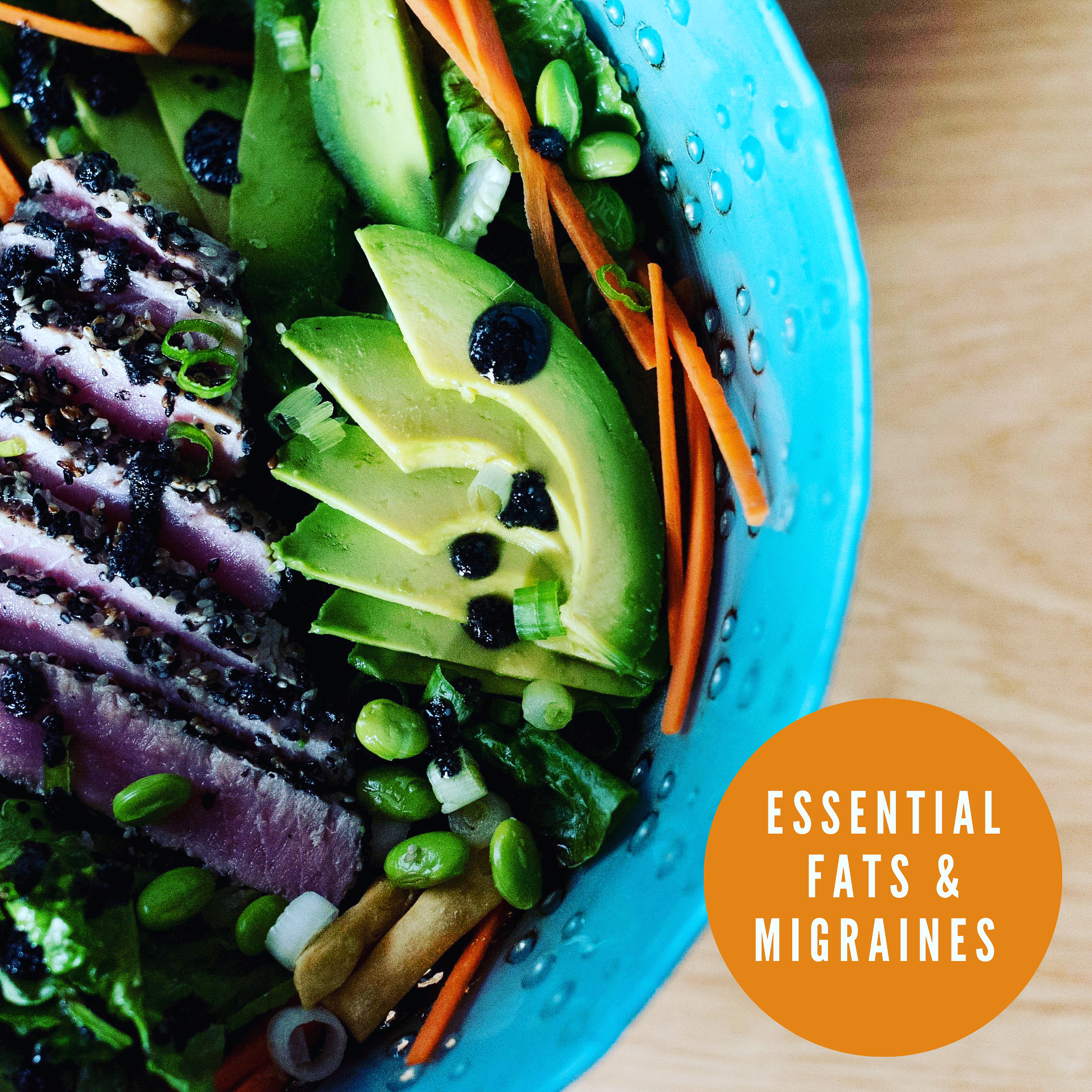4.9 million Australians are affected by migraines and those who suffer from them know all too well just how debilitating they can be.
Common triggers of migraines include stress, lack of sleep, obesity, certain food (wine, cheese, msg, chocolate, alcohol, high histamine and amine foods etc), hormones, genetics, inflammation and oxidative stress and fasting/skipping meals.
In terms of diet specifically, if you are already avoiding known trigger foods but this isn’t all that effective, a new study has just looked at whether a diet high in omega-3 (fish oil derived docosahexaenoic acid (DHA) and eicosapentaenoic acid (EPA)) with and/or without reducing intake of plant-based omega-6 (linoleic acid) can decrease headaches in adults with migraine.
These fats are implicated in the pathogenies of migraines. Specifically, research suggests, omega-6 fats have pain promoting properties whereas omega-3 fats have pain reducing properties.
Unfortunately, in today’s world, we are consuming too many omega-6 foods because a lot are hidden in processed foods including soybean oil, sunflower oil, corn oil and safflower oil. At the same time, many of us are not consuming adequate omega-3 fatty acids. This in turn throws out our omega 3: omega 6 ratio which can potentiate inflammatory processes and predispose humans to or worsen many inflammatory diseases including migraines.
This study published a few days ago, involved 182 participants who met the criteria for chronic migraine. The participants were randomised to one of the below diets:
- Diet 1: increase EPA + DHA to 1.5g/day and maintain linoleic acid at around 7% of energy intake;
- Diet 2: increase EPA + DHA to 1.5g/day and decrease linoleic acid to less than 1.8% of energy; and/or
- Diet 3: control diet, maintain EPA + DHA at less than 150mg/day and linoleic acid around 7% of energy.
During the 16-week intervention period, participants recorded the following:
- number of migraine days, duration, and intensity;
- how their headaches affected their abilities to function at work, school, and in their social lives; and
- how frequently pain medication was required.
Results of the study showed the following:
- Diet 1 and Diet 2 decreased total headache hours per day, moderate to severe headache hours per day and headache days per month;
- Diet 2 decreased headache days per month more than diet 1; and
- No diet significantly improved quality of life.
Overall, it was concluded that dietary intervention holds promise for improving pain conditions in humans and there is a suggested causal link between omega-3 and omega-6 fats and migraines. Specifically, increasing omega-3 while reducing omega-6 intake may assist.
How to increase omega-3 intake
The best dietary source of omega 3 is fatty fish such as salmon, sardines, tuna, mackerel and herring. Ideally, we should be aiming for at least 2 x 150g serves fatty fish per week.
If you do not consume fatty fish, nuts/seeds such as chia, flaxseeds and hemp seeds, contain
alpha-linolenic acid (ALA) which the body converts to DHA and EPA. However, the conversion rate is low and a high intake of omega-6 (Linoleic acid) relative to omega-3, can also inhibit this conversion. Therefore, it’s important to look closely at the foods you are consuming and see if they are full of omega-6 such as soybean oil, sunflower oil, corn oil and safflower oil and try to limit these foods while boosting ALA intake.
To read the specifics of this study more in depth, please click HERE.
